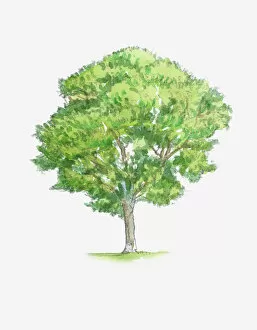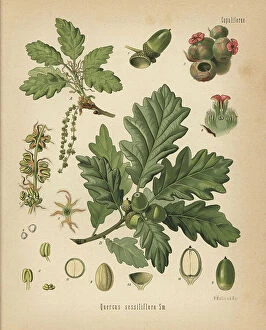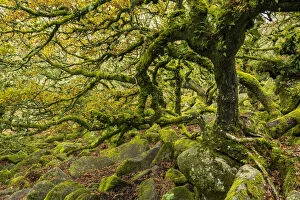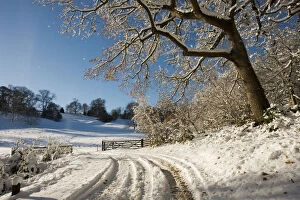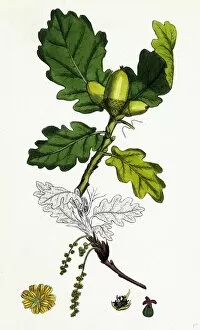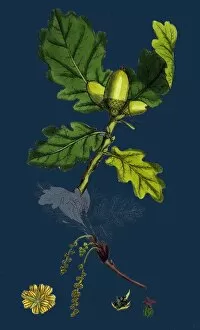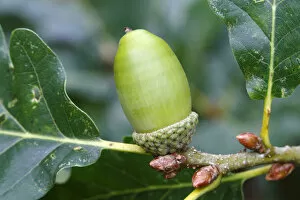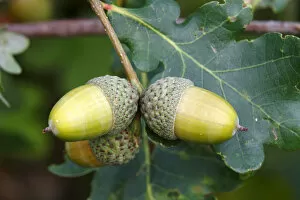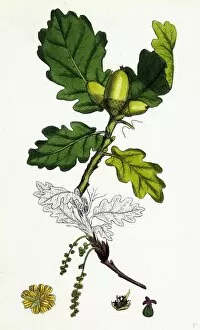Quercus Sessiliflora Collection
Quercus sessiliflora, also known as the European sessile oak, is a majestic tree species native to Europe
For sale as Licensed Images
Choose your image, Select your licence and Download the media
Quercus sessiliflora, also known as the European sessile oak, is a majestic tree species native to Europe. With its distinctive acorns and dark green leaves, this oak tree is a symbol of strength and longevity in the forest. Its name "sessiliflora" refers to the fact that its flowers lack stalks, giving it a unique appearance compared to other oak species. These trees can grow up to 30 meters tall and live for hundreds of years, providing shelter and food for countless animals in their ecosystem. The wood is highly valued for its durability and resistance to decay, making it a popular choice for furniture and construction. In addition to its practical uses, the European sessile oak plays an important role in biodiversity conservation by supporting a wide range of plant and animal species. Its dense canopy provides shade for smaller plants while its acorns are a vital food source for many wildlife creatures.

